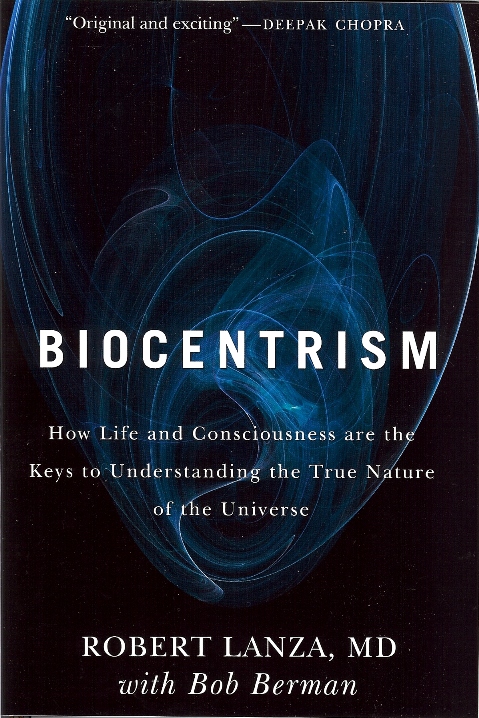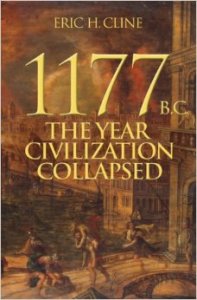It seems to be entirely possible, and even beneficial, if there was an exchange, analogous to the NYSE, where traders and investors could buy and sell “shares” of a species. The exchange would begin by issuing an IPO on every species. For example, ticker symbol: QA could be the “stock” for Quercus alba.
We need to think outside the box to protect our environment and I see this a way to benefit both man and nature. Man will be awarded with more assets with which he can diversify his financial holdings; nature will win in various ways — including the proceeds of the IPO to protect the species.
This would be initiated to test the idea that a traded asset can be something more general than an organization consisting of human labor and assets.
You may argue that a stock must have a fundamental basis in the value of human commodities and labor. That may be true, however, what limits the definition extending to non-human commodities and the labor of nature? In any case, for the experienced investors, how many companies have you seen being valued in the billions with little or no assets and no profits? In fact, a species actually has an enormous value and potential in terms of biology, ecology, and the sustainability of human activity.
There are numerous possible arguments against this, which I would enjoy countering. Perhaps I will devote more to this in a future post.








